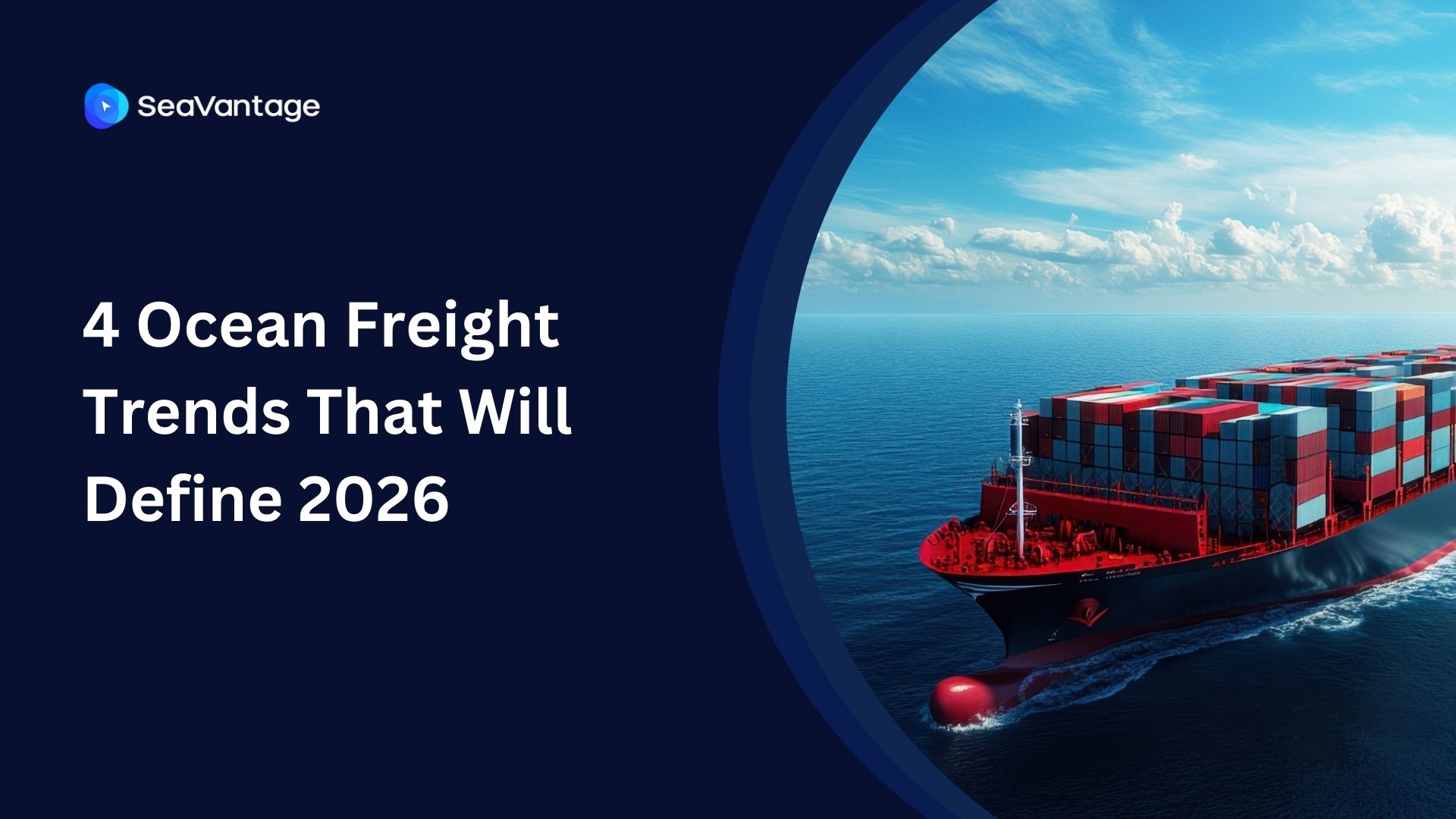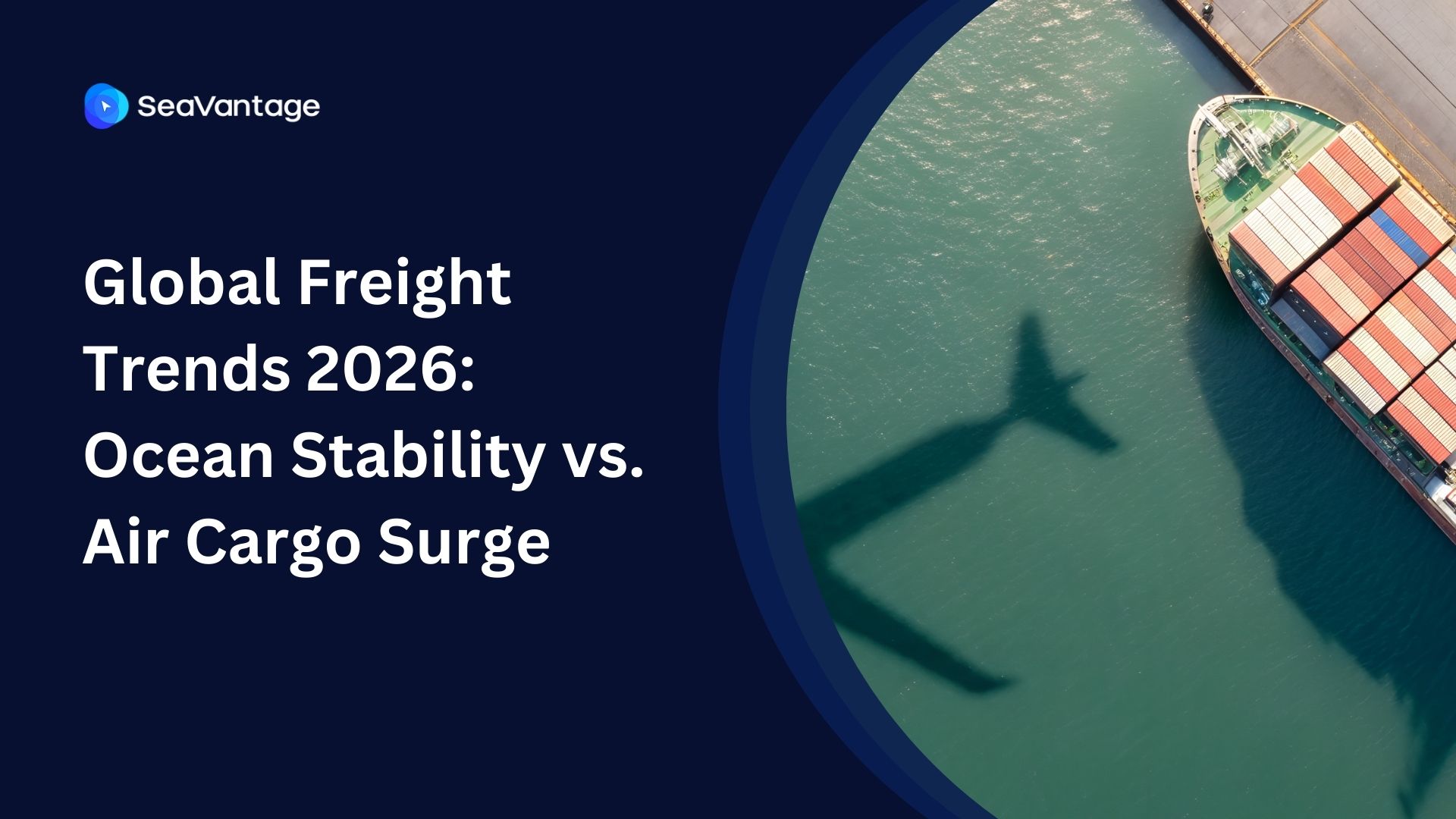Innovations in Smart Port Infrastructure
.jpg)
The global trade landscape is undergoing a dramatic transformation, and ports are at the heart of this evolution. Once simple hubs for unloading and storing goods, today’s ports are dynamic ecosystems that leverage cutting-edge technologies to become smarter, greener, and more efficient. As the demands of modern trade increase, ports must innovate to keep pace, and several emerging trends in port infrastructure and technology are leading the way.
Smart Ports: The Age of Automation and AI
Imagine a port where ships dock without human intervention, and automated cranes unload containers with laser precision. This is no longer a scene from a sci-fi movie but a reality in the world of smart ports. Automation is revolutionizing how ports operate, with the help of artificial intelligence (AI), Internet of Things (IoT) devices, and other advanced technologies.
Automated cranes, for example, are able to load and unload containers faster and with greater accuracy than humans. These machines use AI-powered sensors to analyze the size, shape, and weight of containers, optimizing their movement and placement. The result is not only increased efficiency but also a safer environment, as automation minimizes human error and reduces the risk of accidents.
In addition to automated cranes, ports are using automated guided vehicles (AGVs)—driverless trucks that transport containers between the dock and storage areas. By eliminating the need for human drivers, AGVs help reduce congestion, improve efficiency, and lower the chances of accidents in busy port environments.
Moreover, IoT devices installed across ports track containers and shipments in real time, providing valuable data that helps logistics managers optimize traffic flow and reduce congestion. With AI-powered systems, ports can predict potential delays and adjust schedules, ensuring smooth operations and cost efficiency. This smart approach makes global trade faster and more seamless than ever before.
Greening the Docks: Sustainable Infrastructure and Renewable Energy
As the world faces increasing environmental challenges, ports are taking steps to reduce their carbon footprints and embrace sustainable practices. Many of the largest ports worldwide are integrating green technologies that not only benefit the environment but also improve operational efficiency.
One of the most notable trends is the adoption of renewable energy sources such as solar panels, wind turbines, and even wave energy systems. The Port of Rotterdam, for example, is a leader in sustainable energy usage, with portions of its operations powered by wind and solar energy. By harnessing natural resources, these ports are reducing their reliance on fossil fuels and lowering their carbon emissions, contributing to a greener future.
Electric-powered cranes and trucks are also becoming increasingly common at smart ports. Replacing diesel engines with electric motors reduces both air pollution and noise levels, especially in congested port environments. This shift to electric vehicles is not only better for the planet but also helps to lower operating costs, making it a win-win for port operations.
Moreover, ports are improving their water management systems with advanced filtration and treatment technologies, ensuring that local ecosystems remain clean and healthy despite the intense maritime traffic. These eco-conscious innovations are part of a broader trend in port design, where sustainability is integrated into every aspect of infrastructure development.
Modular Design: Flexibility for the Future
Ports are no longer static structures; thanks to modular design, they are more adaptable and flexible, able to expand and evolve as needed. Modular infrastructure allows ports to grow and adjust without major overhauls, making them better equipped to handle fluctuating cargo demands and evolving market conditions.
For example, ports like the Port of Singapore have adopted modular approaches to container terminals, enabling them to customize and expand facilities based on shipping volumes. This adaptability helps ports remain competitive by avoiding costly infrastructure investments and optimizing their resources.
Floating structures, such as floating docks and storage facilities, are also being used to make the most of available water space. These mobile assets can be relocated as needed, offering ports the flexibility to adjust to changing demands and conditions in real-time. This dynamic infrastructure makes ports more agile, capable of responding quickly to global trade fluctuations.
The Future of Ports: Smart, Sustainable, and Adaptable
From automation and IoT to renewable energy and modular design, the future of ports is brighter than ever. These innovative solutions are transforming ports into hubs of efficiency, sustainability, and flexibility, ensuring that they remain at the forefront of global trade.
As ports continue to evolve, we can expect to see even more groundbreaking advancements. Whether through autonomous ships, AI-powered systems, or green energy innovations, the possibilities for smart, sustainable ports are limitless. These technologies are shaping the future of global trade, creating a safer, more efficient, and environmentally friendly infrastructure that will support the demands of tomorrow’s economy.
Stay Ahead with SeaVantage’s Smart Port Insight Solution
Want to learn how SeaVantage can help your port operations stay competitive, efficient, and sustainable? Start your free trial today to unlock valuable insights and streamline your port management.
2025년 9월, 주요 글로벌 항만에서 어떤 운송사가 가장 긴 선박 체류 시간을 기록했는지 확인해보세요. 트렌드를 비교하고, 지연을 파악하며, 전체 항만 데이터를 통해 운송 전략을 최적화할 수 있습니다.
2025년 8월, 주요 글로벌 항만에서 어떤 운송사가 가장 긴 선박 체류 시간을 기록했는지 확인해보세요. 트렌드를 비교하고, 지연을 파악하며, 전체 항만 데이터를 통해 운송 전략을 최적화할 수 있습니다.
2025년 7월, 주요 글로벌 항만에서 어떤 운송사가 가장 긴 선박 체류 시간을 기록했는지 확인해보세요. 트렌드를 비교하고, 지연을 파악하며, 전체 항만 데이터를 통해 운송 전략을 최적화할 수 있습니다.
iscover the 4 critical ocean freight trends for 2026, from the Red Sea reopening and fleet overcapacity to shifting global trade maps. Prepare your supply chain now.
Discover key 2026 freight market trends: Port of Houston expansion, air cargo "super peak," and ocean freight stability. Plan your supply chain with SeaVantage.
Explore November 2025 global port dwell time data. See which ports and carriers led in efficiency across Antwerp, Busan, Long Beach, Rotterdam, and Singapore.



.svg)





.jpg)

.png)